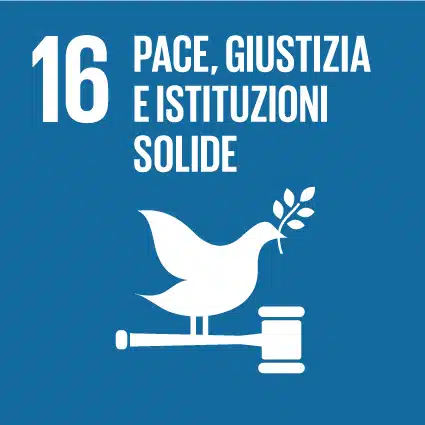Human rights and transitional justice - Report of the Office of the United Nations High Commissioner for Human Rights

The report A/HRC/58/36 from the United Nations High Commissioner for Human Rights (OHCHR) published in January 2025 presents key takeaways regarding transitional justice and its role in maintaining peace and fostering sustainable development, particularly Sustainable Development Goal 16, drawn from regional discussions and research carried out following Human Rights Council resolution 51/23.
Transitional justice is a transformational process that covers the full range of processes and mechanisms used by a community to address the aftermath of large-scale past conflicts or serious human rights violations and abuses. It focuses on providing recognition to victims, building trust in State institutions, reinforcing respect for human rights and promoting the rule of law, as a step towards reconciliation and the prevention of new violations. It helps to repair the institutional and social fabric of fractured communities.
These processes may include both judicial and non-judicial mechanisms. Examples are truth-seeking, prosecution initiatives, reparations, and various measures to prevent the recurrence of new violations. The preventive measures may change laws and government structures, strengthen civil society, create memorials, support cultural projects, preserve historical records, and reform how history is taught.
However, transitional justice often encounters obstacles by being slowed by political instrumentalization, discriminatory or selective design and focus insufficient buy-in of affected populations, and weak State institutions.
The good practices presented in the report prioritize victims, are inclusive, gender-responsive and involve innovative approaches. They create in a short time a tangible or transformational impact on victims and their communities. Many of these methods were developed by victim advocacy groups and local organisations from dozens of countries, particularly those led by women and young people, ensuring that their voices are integrated into the policies and strategies shaping their future. In many cases, their mission extends to educating youth about the history that has been deliberately concealed from them.
The report identifies seven key lessons in advancing transitional justice:
- Documenting human rights violations is essential for accountability and future justice.
- Marginalized victims must be included, ensuring their experiences are recognized.
- Victims’ associations play a crucial role in advocacy and justice efforts.
- Immediate legal, medical, and psychological support help victims navigate trauma.
- International human rights mechanisms provide accountability when national justice fails.
- Universal jurisdiction and international courts offer alternatives when domestic options are blocked.
- Grassroots memory and memorialization preserve historical truth and prevent future atrocities.
Eventually, the report presents recommendations of measures to maximise the impact and guarantee the sustainability of the good practices as part of a holistic approach to transitional justice that promotes truth, justice, reparation and guarantees of non-recurrence for a functional democracy and durable peace.

